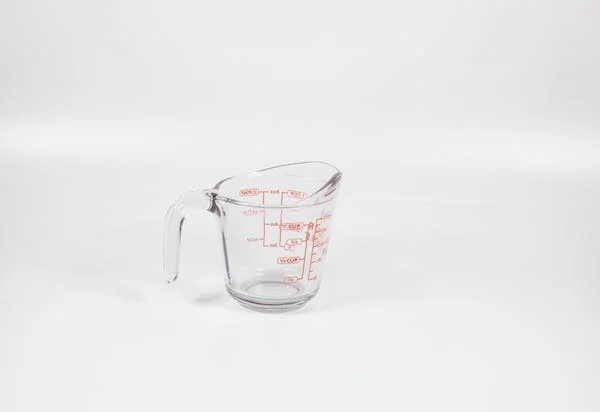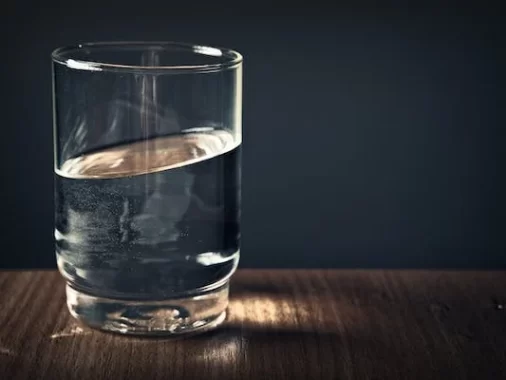In the world of culinary craftsmanship, precision is the key to achieving culinary artistry. From delectable sauces to mouthwatering desserts, every culinary masterpiece hinges on accurate measurements. Yet, the culinary landscape is a fascinating blend of metric and imperial units, often leaving cooks and chefs perplexed. In this article, we embark on a journey to demystify one such conversion: 160 milliliters (mL) to ounces (oz) and 330 ml in oz or 330 ml in ounces. Understanding this seemingly elusive transformation is not only vital for culinary perfection but also holds real-world significance in healthcare, fitness, and education. Let’s explore the practical applications, the importance of mastering this conversion, and its educational relevance, as we delve into the art and science of converting 160 mL to ounces or 330 ml in ounces.
330 milliliters is approximately equal to 11.16 ounces.
In the culinary world, precision is key. Whether you’re crafting a recipe from a treasured cookbook or mixing a refreshing cocktail, accurate measurements ensure the perfect balance of flavors. Yet, when recipes provide measurements in milliliters (mL), understanding the conversion to ounces (oz) can be a challenge. Today, let’s demystify one such conversion: 330 mL to ounces.
Decoding the Conversion Factor: 1 mL = 0.033814 Oz
To convert milliliters to ounces, we use the conversion factor: 1 mL equals approximately 0.033814 ounces. Armed with this knowledge, deciphering that 330 mL equals roughly 11.16 ounces becomes a culinary cakewalk.
Practical Application in the Kitchen
Imagine you’re preparing a delightful pitcher of your favorite beverage. The recipe calls for 330 mL of a particular ingredient. For those accustomed to ounces, this might appear puzzling. However, with the conversion factor, you know you need about 11.16 ounces of the ingredient. This precise measurement ensures your drink is neither too strong nor too weak, promising a delightful experience with every sip.
The Importance of Accurate Measurements
Beyond the kitchen, precise measurements have wide-reaching implications. In the world of chemistry, pharmaceuticals, and even fitness, understanding milliliters to ounces conversions is vital. It guarantees the right dosage of medications, the accurate formulation of solutions, and the perfect blend of nutritional supplements, underlining the importance of this seemingly simple conversion.
Common Conversions from ML to OZ
| ML | OZ |
|---|---|
| 1 | 0.033814 |
| 2 | 0.067628 |
| 5 | 0.169070 |
| 10 | 0.338140 |
| 20 | 0.676280 |
| 30 | 1.014420 |
| 40 | 1.352560 |
| 50 | 1.690700 |
| 100 | 3.381400 |
| 250 | 8.453500 |
| 350 | 11.834900 |
| 500 | 16.907000 |
| 750 | 25.360500 |
| 1000 | 33.814000 |
| 1500 | 50.721000 |
| 2000 | 67.628000 |
FAQs
What 330 mL to Oz?
You may use the following conversion factor to convert 330 millilitres (mL) to ounces (oz): 1 mL = 0.033814 oz. 330mL×0.033814oz/mL≈11.16As a result, 330 millilitres is roughly equal to 11.16 ounces.
Is 12 oz 330 mL?
No, 12 ounces is approximately equal to 354.88 milliliters, not 330 mL. To convert ounces to milliliters, the conversion factor is 1 ounce ≈ 29.5735 milliliters. Therefore, 12 ounces equals approximately 354.88 mL.
How big is 330 ml of water, or how many ounces in 330ml?
A fluid ounce (fl oz) is approximately equivalent to 330 millilitres (mL) of water. In terms of size, it is slightly larger than a standard soda can, which typically carries 12 fluid ounces. So, envisioning a can of soda with less liquid gives you an approximate notion of the capacity of 330 mL of water.
What is 500 mL as oz?
To convert 500 milliliters (mL) to ounces (oz), you can use the conversion factor: 1 mL = 0.033814 ounces.
500mL×0.033814oz/mL≈16.91
oz500mL×0.033814oz/mL≈16.91oz
Therefore, 500 milliliters is approximately equal to 16.91 ounces.
How many mL is 150 oz water?
150 ml in oz is approximately equal to 5.07fluid ounces.
How many ounces in 330ml?
330 milliliters is approximately equal to 11.17 fluid ounces.
What is 330 ml in ounces?
330 milliliters is approximately equal to 11.17 fluid ounces.
Understanding the conversion from 330 mL to ounces is not just about culinary adventures; it’s about embracing accuracy in every aspect of life. It’s the assurance that your recipes will tantalize taste buds, your experiments will yield accurate results, and your formulations will be spot on. So, the next time you encounter milliliter measurements, remember this conversion. It’s your gateway to mastering the art of precision, making every creation, whether in the kitchen, the lab, or the gym, a resounding success.





